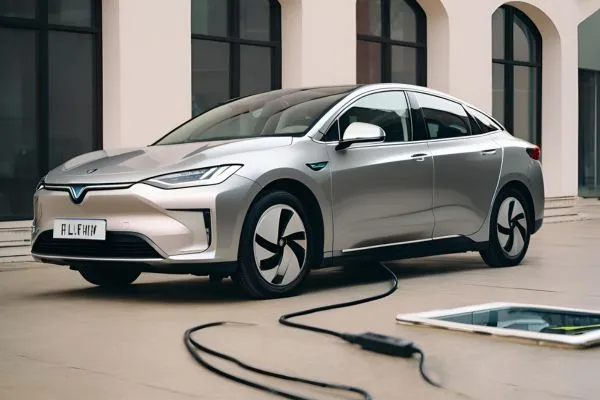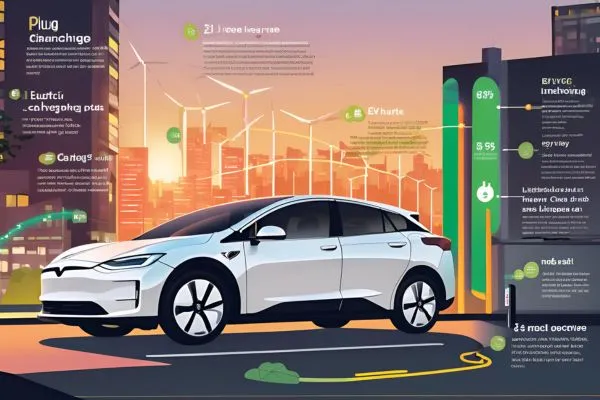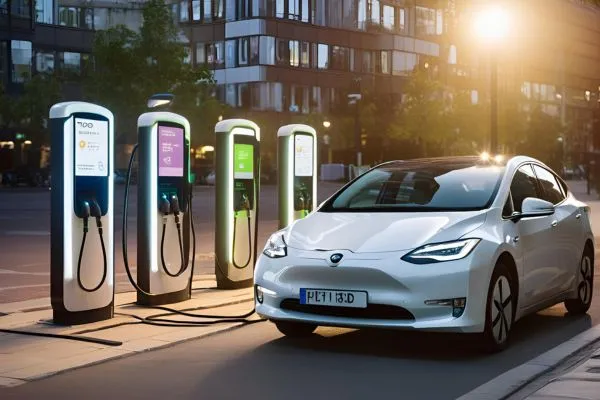All About the Cost of Charging a Plug-in Hybrid Car

Are you thinking about buying a Plug-in Hybrid car but unsure if it’s the right choice?
Plug-in Hybrids are gaining popularity because they use two energy sources—fuel and electricity. They’re efficient, eco-friendly, and can help you save money on fuel. However, owning one comes with some questions, like how much it costs to charge and how charging works.
In this article, we’ll explore the costs and methods of charging a Plug-in Hybrid. This information can help you decide if it’s the right car for you.
Charging Plug-in Hybrid Cars: How It Works
Most people charge Plug-in Hybrids at home. You can install a charger at your house and power up while you relax. When you’re out and about, public chargers are available. Some are free, while others may charge you depending on their speed. Fast chargers can refill your battery quickly, but they’re more expensive.

How Often Do You Need to Charge?
You don’t have to charge your Plug-in Hybrid every day. It depends on how much you drive.
- For daily commutes: Charge at home when you’re not driving, like overnight. This ensures your battery is always ready.
- For longer trips: You can either use slower charging overnight or rely on fuel. The mix of electricity and gas makes it flexible—you don’t always need to find a charger while traveling.
Remember, charging isn’t complicated. Just charge when needed, and you’ll be fine.
Cost of Charging at Public Stations
Charging prices vary by location and provider. You may find free chargers, but others might charge per hour or per kWh (kilowatt-hour). Costs also depend on whether you subscribe to a plan or pay as you go.
If you’re traveling, some providers offer postpaid billing, so you pay after using their services. Do some research to find affordable options near you.
Cost of Charging at Home
Charging at home is usually cheaper than public stations. On average, it costs around $50 a month, depending on your state. Many places offer discounts or incentives for using renewable energy, so check local resources to see what’s available.

Installing a home charger costs more upfront, but it saves money in the long run, especially if you drive a lot. Electricity rates for EV owners are often lower, making this a budget-friendly option.
Electric vs. Gas Costs
Charging an electric car is cheaper than filling up a gas tank. Electricity costs about $0.17 per kWh, while gas ranges from $2 to $6 per gallon depending on your location. Plug-in Hybrids offer the flexibility to switch between gas and electricity, giving you the best of both worlds.
Time It Takes to Charge
The time to charge depends on the charger type:
- Fast chargers: Around 30 minutes.
- Regular chargers: 4–8 hours.
You can even monitor charging with apps on your phone, making it easy to manage your car’s power levels.
Charging a MINI Countryman Plug-in Hybrid
Charging a MINI Countryman at home takes about 4 hours on a 7 kW charger, giving you 28 miles of range. Costs depend on local electricity rates, but on average, you’ll pay about 70 cents per full charge.
Many energy providers offer subscription plans or discounts to reduce costs. Research deals in your area to get the best value.
Charging the Mitsubishi Outlander Plug-in Hybrid
The Mitsubishi Outlander costs roughly 70 cents for a full charge, which takes around 7 hours at 10 cents per kWh. While these cars cost more upfront, they save an estimated $1,200 annually compared to gas-powered vehicles.

Battery Life and Replacement
Plug-in Hybrid batteries can last 10+ years with proper care. Most manufacturers offer warranties covering 8–10 years or 100,000 miles. Regular maintenance ensures batteries stay in good shape for a long time
Why Choose Plug-in Hybrids?
Plug-in Hybrids let you enjoy the benefits of both gas and electric power. They’re efficient, eco-friendly, and can save you money in the long run. With the right charging setup, they’re convenient and reliable for daily use or long trips.
Visit GmGlobalConnect For More Informative Content.
